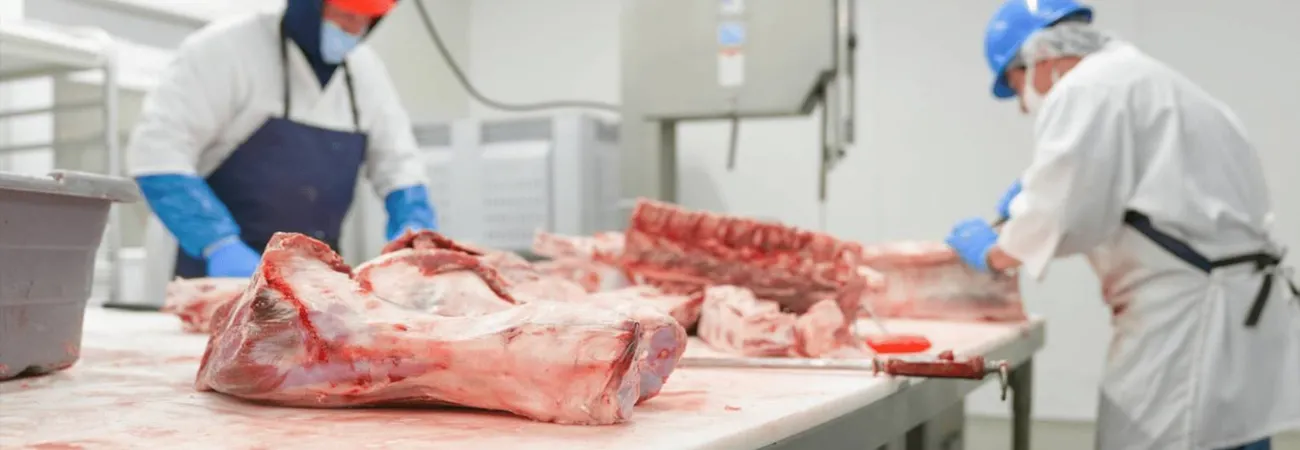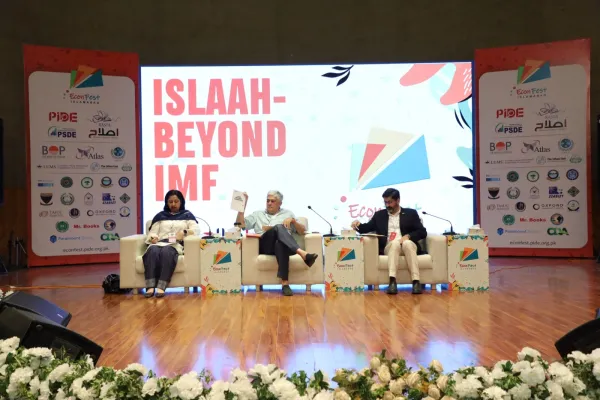i ECONOMY
The Sindh government is going to start work on the long-awaited project of dairy and meat processing zone to boost exports of dairy and meat products. The provincial government had given the green light to the project years ago, but the work was delayed. However, now the government has resolved to carry out the project with full commitment. The facility, which is expected to cost Rs1.5 billion, will target both the local and foreign markets. The zone will initially be set up over 1,300 acres of land, and over 1,200 acres will be added later. This zone will be 58 kilometres from Karachi airport and 78 kilometres from the Karachi port. Milk-processing plants, chilling units, feed mills, a livestock and fodder market, slaughterhouses and a meat-processing facility will be built in the zone. The dairy and meat-processing zone will have its own drainage and waste disposal system with onsite sewage treatment. A 16-kilometre access road linking the facility with the National Highway will be built as part of the project.
The project is included in the Annual Development Programme. The livestock sub-sector in Sindh accounts for 23% of the country’s livestock population, but only 16% of the fodder crop production. This leads to a lack of fodder especially in January, July, August, November and December. Despite shortages of fodder, the average milk productivity levels in Sindh province remain higher among all the four provinces, according to a report of the provincial livestock department. With the exception of buffalo (fresh) milk, which has the highest productivity in the world, the other types of milk, cow, sheep and goat display productivity levels far below the levels achieved in major producing countries. It implies substantial potential, which needs to be tapped, the report highlights. The greatest strength of Sindh province lies in its very large share of farm area with 85 to 90% having irrigation, which is among the highest in the world.
However, this strength has not been fully used, which also hurts the livestock sub-sector, as well as the crop sub-sector, the report says. The assured supply of water through a vast canal network system tends to create potential for the supply of fodder and other crop residues for the livestock population. In spite of fodder shortages, there is a distinct difference between irrigated and unirrigated areas in terms of the type of animals kept. The population of cows and buffaloes largely exists in irrigated areas, whereas sheep and goats are largely raised in unirrigated areas. The large-scale cattle colonies in Karachi and specific areas in Jamshoro district exclusively raise large-size animals i.e. cows and buffaloes. Their scale of operation is distinctly different and currently not conducive to the pattern observed in rural Sindh. However, these areas offer valuable lessons for the livestock development plan in Sindh.
Credit: Independent News Pakistan (INP)









